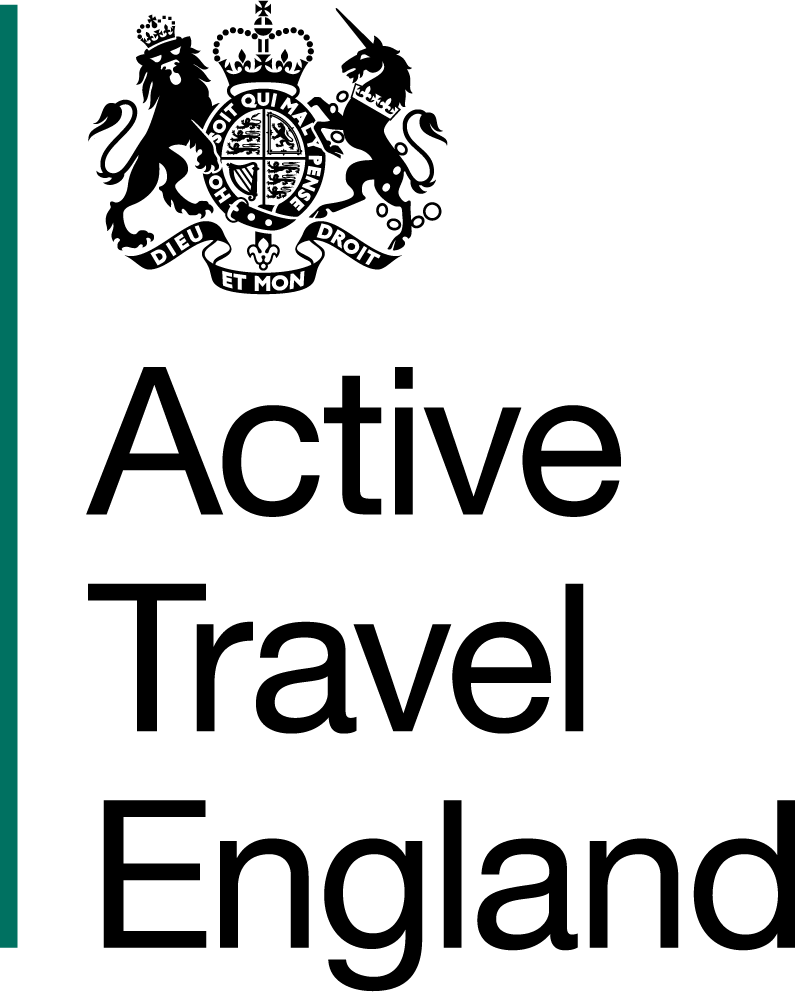6.4. Managing emergency situations
Although uncommon, emergency situations can happen. For this reason, it’s important that you have first aid training and that you carry a first aid kit with you. You should also have a phone with you during sessions and know where to find a defibrillator for both on- and off-road training.
Every training provider will have guidance on what to do in case of emergencies.
The following is an example of what action you should take as a cycle instructor:
- Stop the activity and make sure no one is in danger.
- Assess the situation calmly.
- Give first aid if needed.
- Call the emergency services dialling 999 or 112 if needed.
- Contact the training provider, organisation and/or the school emergency contact.
- Reassure the rest of the group by letting them know what is happening.
- Stay with the injured person until the ambulance arrives. The paramedics will take over your ‘duty of care’ for the injured person so you can focus on getting the group back to base.
- Record details of any witnesses and numbers of other vehicles involved. Take pictures before leaving the scene.
- Follow the training provider, organisation or school’s guidelines for incident reporting, including filling in an incident report.
Either you or the organisation you’re working with must keep a record of incidents. Where this is the organisation’s responsibility, it must give you guidance on its incident reporting procedure. It is important that all incidents are reported, and this includes near misses.
It is always good practice to reflect on the lead-up to the incident, and the way in which you handled it afterwards. This can be useful for your own professional development. As you gain more experience, your ability to anticipate and avoid potential incidents will improve. You will also be more ready to deal with any incidents that do happen.
Serious incidents that occur on Bikeability cycle training must be reported to The Bikeability Trust within 72 hours. Find out more here.
